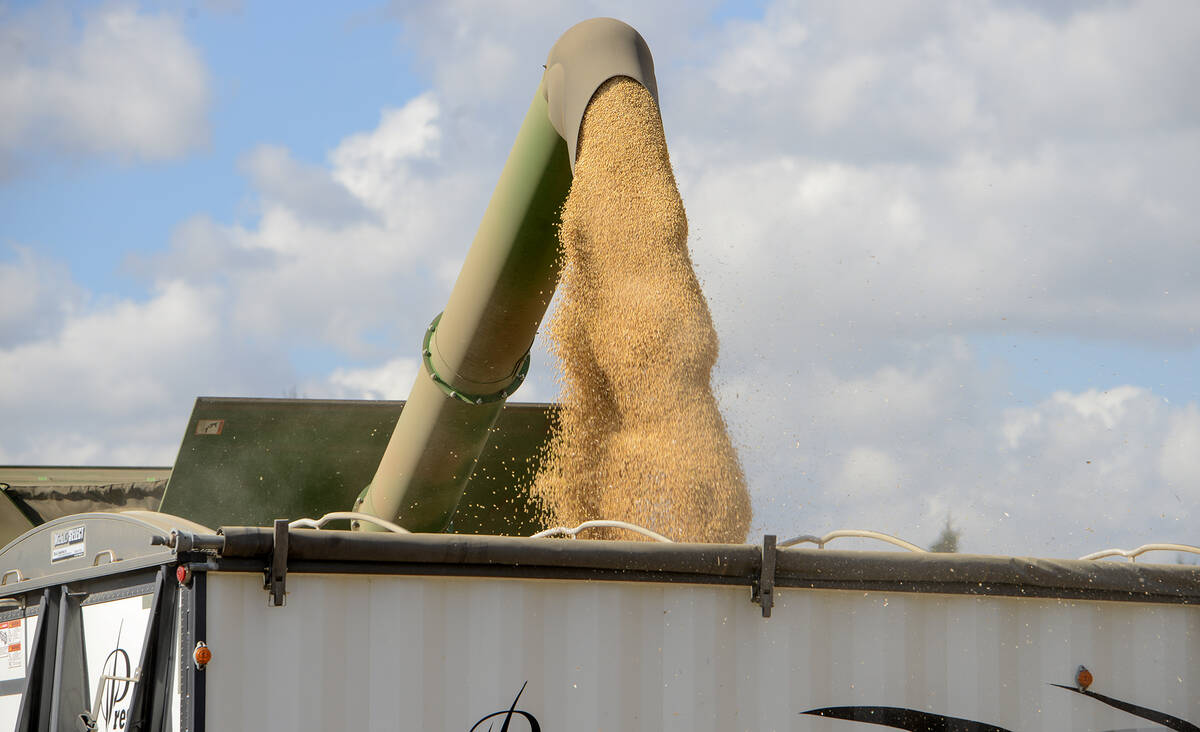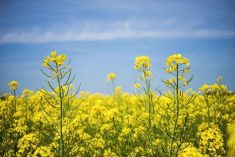Clubroot, which causes bulbous swellings on canola roots, has become infamous for its impact on yield.
The Canola Council of Canada cites “no economical control measures” to remove the pathogen once it has taken root and resting spores may survive in the soil for 10 to 20 years even in the absence of a vulnerable crop.
- Read more: So you’ve got clubroot. Now what?
- Read more: CanoLAB workshop makes Dauphin debut
Read Also

Grain markets hungry for U.S. data
The U.S. government shutdown meant that futures markets were left without robust grain supply information
Today, 13 Manitoba municipalities have reported soil samples with more than 10,000 spores per gram of soil, while physical clubroot symptoms have been reported in five, according to a grid-sampling project through Manitoba Agriculture.
In western Manitoba, clubroot symptoms have been found in the RM of Swan River West, with regions directly east and south reporting samples between 10,000 and 80,000 spores per gram.
Other hot spots have been reported in central Manitoba, with physical symptoms in the municipalities of Westlake-Gladstone and Portage la Prairie, as well as the RMs of Louise and Pembina along the international border.
The grid-sampling project, now 11 township-ranges away from its goal of at least one sample for every township-range in the province, found 20 per cent of its 800 samples were above 10,000 spores per gram of soil.
















